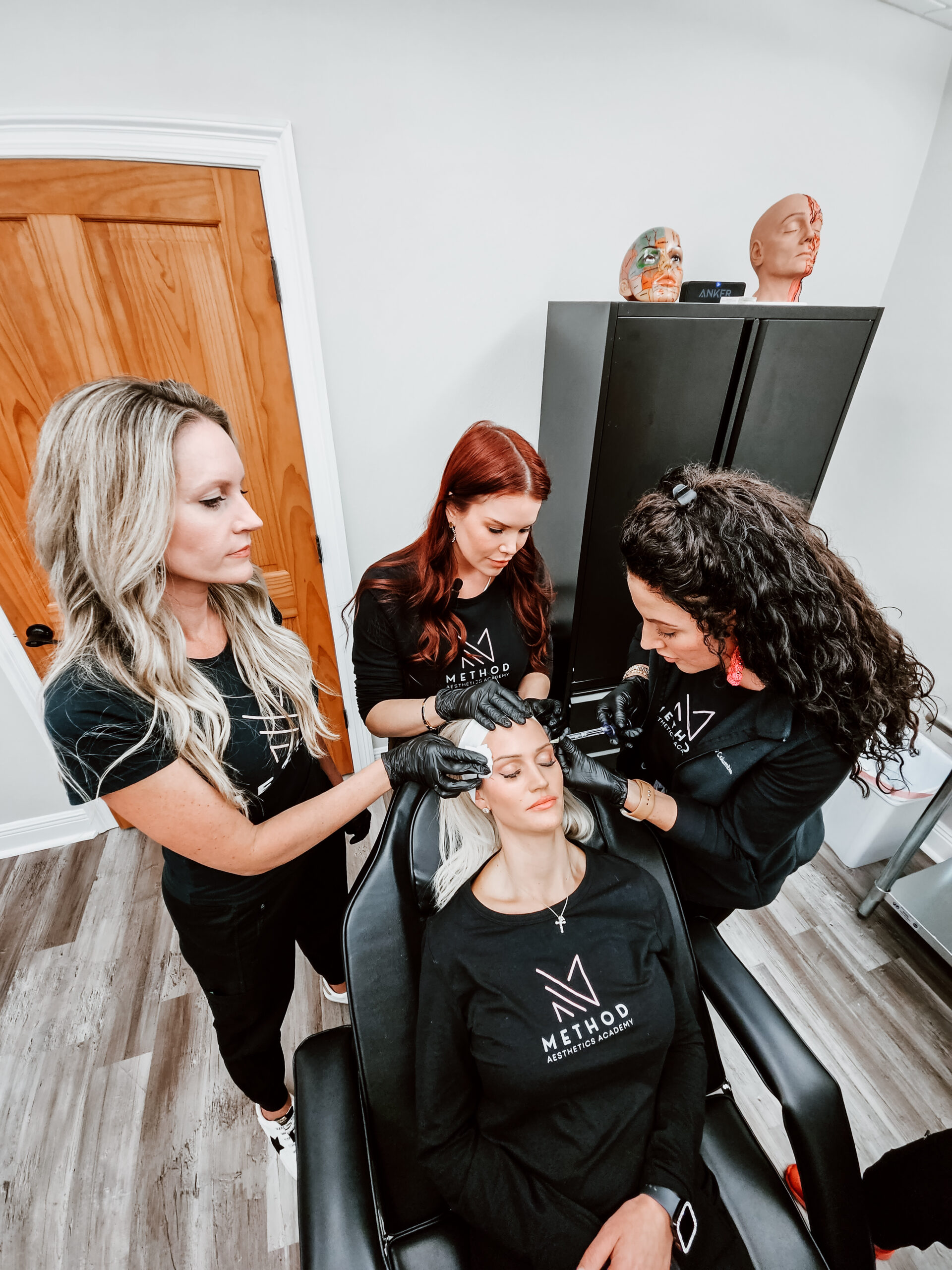In the dynamic world of facial aesthetics, understanding the range of available techniques and their appropriate applications is crucial for achieving optimal outcomes. This post explores the intricacies of various aesthetic techniques, the role of technology, and how professionals tailor treatments to meet individual patient needs, providing expert insights into the nuanced practice of facial aesthetics.
Invasive vs. Non-Invasive Techniques: Choosing the Right Approach
Facial aesthetic treatments are broadly categorized into invasive, non-invasive, and minimally invasive techniques. Non-invasive methods, such as Botox and dermal fillers, are widely used for their efficiency and minimal recovery time, ideal for patients looking for quick enhancements without downtime. Minimally invasive procedures, like CO2 laser resurfacing and cellulite subcision (Aveli), offer targeted solutions with slightly more recovery but also more dramatic results. For more complex cases, such as severe jowl or eyelid laxity, invasive surgical procedures may be necessary. The choice between these techniques depends on the patient’s specific conditions, desired outcomes, and overall health, emphasizing the need for a customized approach in aesthetic medicine.
Achieving Facial Symmetry: Techniques that Work
Facial symmetry is a critical aspect of aesthetics, with natural asymmetry being a common occurrence. To enhance symmetry, aesthetic practitioners employ techniques such as botox to adjust muscle activity and dermal fillers to add volume where needed. These methods allow for precise modifications that can significantly improve the balance and appearance of the face, demonstrating the detailed artistry involved in facial aesthetics.
The Impact of Technology in Aesthetics
Advancements in technology continue to revolutionize facial aesthetic procedures. The use of ultrasound technology, for example, has transformed practices by allowing more precise placement of treatments like Botox and facilitating safer procedures by helping to manage vascular occlusions during treatments. This technological evolution not only improves the safety and effectiveness of procedures but also enhances patient outcomes through better precision and reduced risk.
Understanding Anatomy for Natural Results
A thorough knowledge of facial anatomy is crucial for achieving natural-looking results in aesthetic procedures. The strategic use of dermal fillers, chosen based on their properties to mimic natural tissue behavior, is fundamental. Such an understanding ensures that fillers behave in harmony with natural facial expressions, providing results that look and feel genuine.
Addressing Misconceptions and Patient Education
Misconceptions about aesthetic treatments can lead to unrealistic expectations. For instance, while dermal fillers can enhance facial contours, they do not provide the same lifting effect as surgical procedures. Clear communication about the capabilities and limitations of non-surgical treatments is essential for patient satisfaction and trust, highlighting the importance of informed consent and realistic expectations in aesthetic practices.
Exciting Advancements: Biostimulators
The recent rise in the popularity of biostimulators marks a significant advancement in facial aesthetics. These treatments stimulate the body’s own collagen production, offering gradual and more natural results compared to traditional fillers. This shift towards natural, regenerative approaches is indicative of broader trends in aesthetics, focusing on sustainable and long-term improvements.
Personalized Treatments for Diverse Needs
Tailoring aesthetic treatments to accommodate various skin types and ages is vital for ensuring efficacy and safety. A comprehensive assessment of the patient’s history, skin type, and aesthetic goals allows practitioners to create individualized treatment plans that address specific concerns while optimizing outcomes.
Ethical Considerations in Aesthetic Practices
Ethics play a crucial role in facial aesthetics, especially regarding patient expectations and realistic outcomes. Practitioners must ensure patients are well-informed about what can realistically be achieved, prioritizing ethical considerations over financial incentives. This ethical practice is vital for maintaining professionalism and patient trust in the field.
The Future of Facial Aesthetics
The future of facial aesthetics looks promising, with a trend towards more personalized, minimally invasive treatments that offer natural-looking results. Advances in regenerative medicine and a deeper understanding of facial anatomy are expected to further enhance the scope and effectiveness of non-surgical treatments, shaping the future of aesthetic practices.
Psychological Aspects of Aesthetic Treatments
Addressing the psychological impacts of aesthetic treatments is as important as the physical outcomes. Ensuring that patients have realistic expectations and addressing any underlying psychological issues, such as body dysmorphic disorder (BDD), is crucial for achieving satisfactory results and maintaining patient well-being.
This exploration into specific aesthetic techniques highlights the complexity and depth of the field, emphasizing the blend of art, science, and ethics that defines modern facial aesthetics. As technology and understanding continue to advance, the possibilities for enhancing natural beauty through aesthetic medicine are bound to expand, offering exciting prospects for both practitioners and patients.
Embark on your journey to becoming a sought-after aesthetic medicine professional with Method Aesthetics Academy. Visit Method Aesthetics Academy’s website to learn more about how you can transform your passion into a thriving career.


